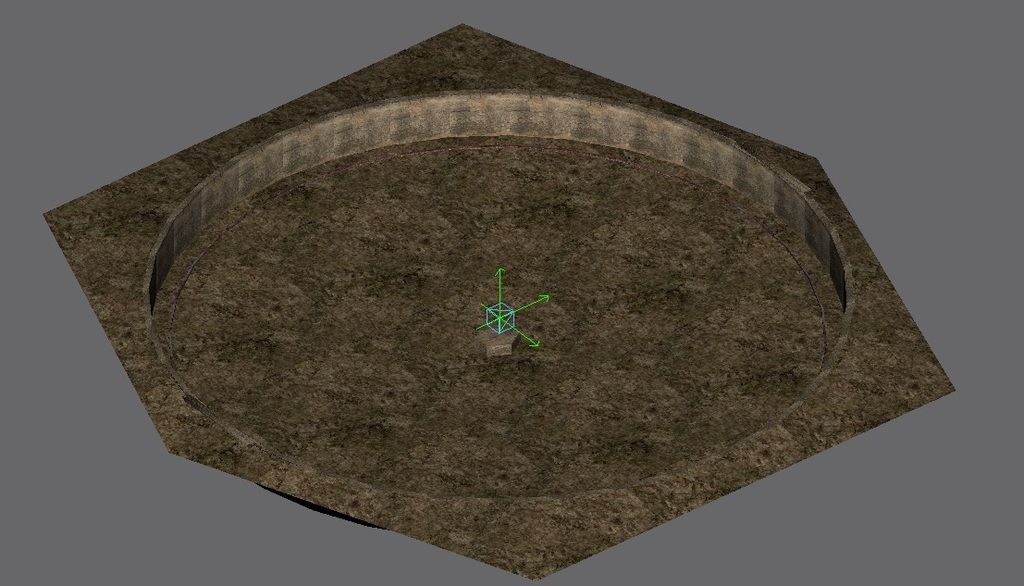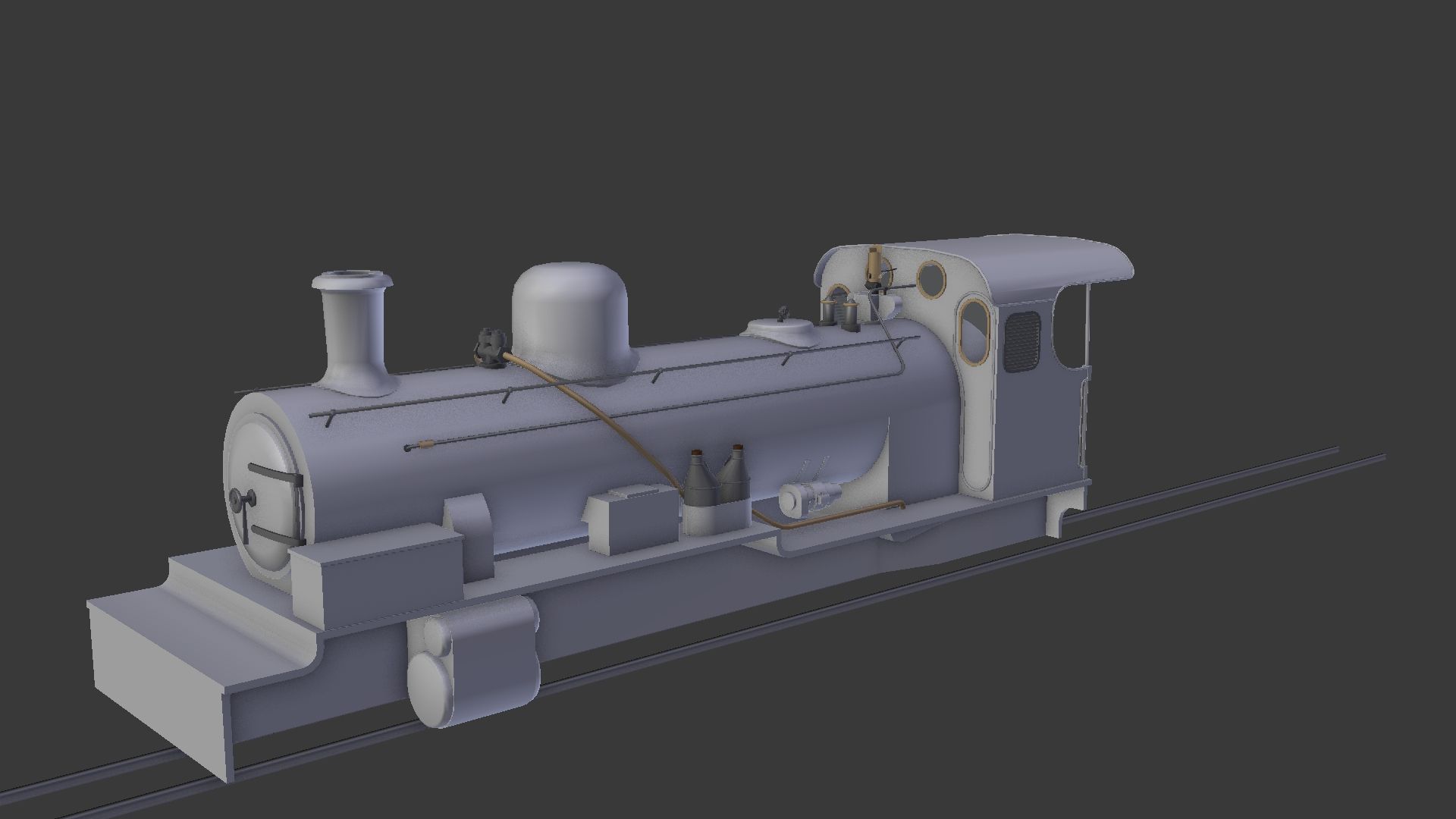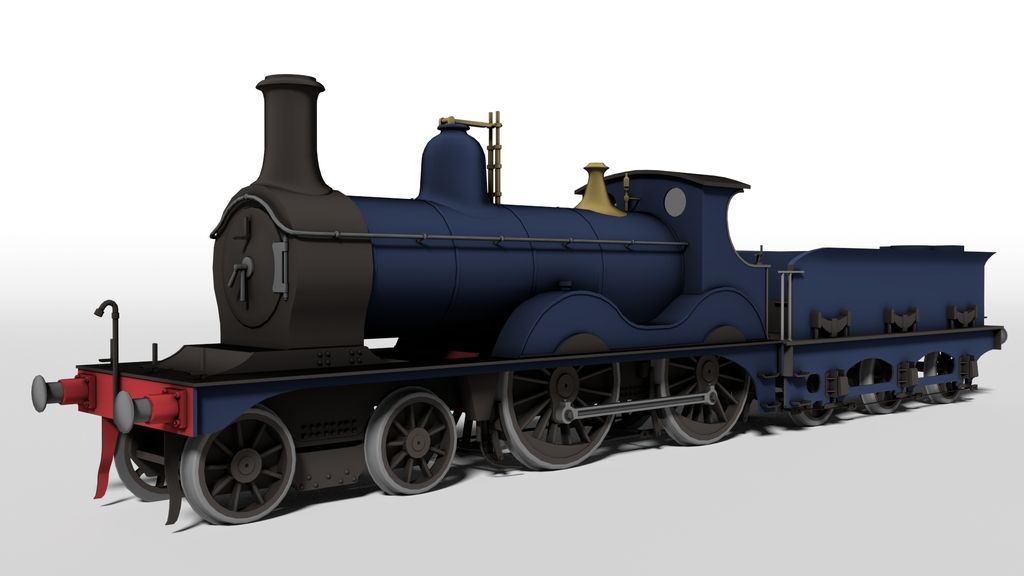On the contrary, it looks perfectly serviceable. The shape is generally very good, so it wouldn't be at all difficult to turn that into a great asset in the modern railroad scene.This thing isn't very good but whatever, it'll get the job done!
Install the app
How to install the app on iOS
Follow along with the video below to see how to install our site as a web app on your home screen.
Note: This feature may not be available in some browsers.
You are using an out of date browser. It may not display this or other websites correctly.
You should upgrade or use an alternative browser.
You should upgrade or use an alternative browser.
GMax and 3DSMax (And any other modeling program) screenies/renders
- Thread starter Mr.Kamikaze
- Start date
Out of curiosity, why does it have 4 air compressors?As you can see, I am clearly procrastinating on something, lol.
-Ben
Out of curiosity, why does it have 4 air compressors?
More braking power. The basis is No. 29 of the Yosemite Valley Railway, which was fitted with four (admittedly single-stage) air compressors to manage heavy logging trains down the steep grades of the Merced River valley. Additional compressors could maintain the air line more effectively, meaning trains were safer on lengthy downhill sections.
More braking power. The basis is No. 29 of the Yosemite Valley Railway, which was fitted with four (admittedly single-stage) air compressors to manage heavy logging trains down the steep grades of the Merced River valley. Additional compressors could maintain the air line more effectively, meaning trains were safer on lengthy downhill sections.
Dan, you beat me to it. The reason for all the braking power, the CA&L has some intense grades on it's routes through the Appalachians, which requires everything from extra braking power to special water sight glasses. These pacific types will be the mainstay of CA&L passenger services much like the PRR K4s powered a majority of their passenger trains, so safety is an important factor.
-Ben
MeowRailroad
CKRail
I read that YVRR 29 had the extra compressors to use with side-dump cars that they were using to clean up a landslide. It's still interesting one way or the other. I enjoy seeing engines that have special features like that. Maybe you should put a tender sand box as well or something else like that and make the engine an ultra-specialized one.
That is a fabulous engine and I am hoping its a SAR NG15, they have not been available in Trainz to my knowledge for far too long!SAR 4-6-2/2-8-2 removed
Saturnr
nathanmallard
Well-known member
It is definitely an NG15, it's how 134 will look when it's finished. Excellent work so far 
Cowan, Sheldon Engineers & Company Pattern; 42ft Turntable designed for the Queensland Railways from 1910. Very common on any 42lb branchline that could take only B13, B15 Converted or PB15 locomotive.
Turntable

Turntable Pit; with lined concrete and dirt base.

Next will be the standard 60ft turntable, then the 66'0" turntable and finally the 90ft turntable.
Regards,
M.G
Turntable

Turntable Pit; with lined concrete and dirt base.

Next will be the standard 60ft turntable, then the 66'0" turntable and finally the 90ft turntable.
Regards,
M.G
Last edited:
... degree radians...
...also.. a 66 inch long turntable.... lol...
Cheers.
If you're going to citicise Michael's use of units, I feel it's only fair to ask you what a "degree radian" is...
simulatortrain
jointed freaking rails
Sorry, I'm confused- what is a degree radius, and what is a meter radian?
Turntable rotation in the config is given in radians. You do need the attachment point so it knows which part it's going to be rotating and about what point. No dummy is correct.
Turntable rotation in the config is given in radians. You do need the attachment point so it knows which part it's going to be rotating and about what point. No dummy is correct.
Seems my brain has for some reason lost it's ability to find the correct word I'm trying to say, I use the phrase *degrees radius* for rotation, *degrees celsius* or *degrees fahrenheit* for temperature and such, radius and radians are pretty much the same meaning to me, but isn't radians or meter radians what ever the pronunciation was used by trainz in piston-angular-offset, like 90 degrees radius = 1.5708 radians and 180 degrees radius = 3.14159 radians, but for turntables I've built I've never used an att point or a dummy in the center, only track att points.
Last edited:
Hey Michael,
You don't seen an att point and dummy for a turntable as trainz handles the rotation within the config in degree radius.
also.. a 66 inch long turntable.... lol
Cheers.
Afternoon All,
It was a harmless oversight which has corrected; as I work to feet & inches not metric terms. I have been only following what the QR Book of Stopping Places and Stations 1939 referenced. The type of turntable was 66'0" which was a standard at Ipswich, Willowburn, Cairns, Gympie and formerly Mayne/Rockhampton B before the fitting of the 90'0" turntable due to the Beyer Garratts in 1950.
I am following what other users such as Pencil42 has done for his turntable series but I am open to listening what others have done. As building turntables is all new to myself and I am still learning.
Regards,
M.G
LNERlover5
Average Grad
Similar threads
- Replies
- 0
- Views
- 15K
- Replies
- 22
- Views
- 10K


